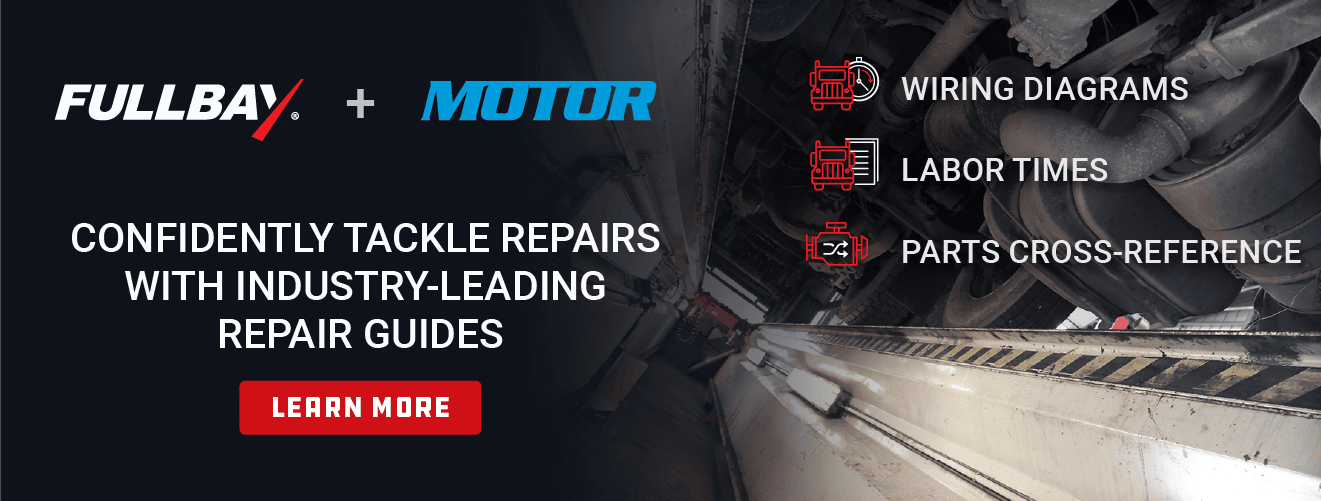The Truth About CVIP Inspections

Fleets that include cross-border service to Canada have even more to offer customers than ones that deal with freight exclusively in the United States. Plus, extending your service area to Canada gives you access to more freight from more markets. That means more revenue!
But you can’t just slap a maple leaf on your trailer and cruise up into the Great White North. Like the U.S., Canada has its own rules and regulations when it comes to trucking, and getting Canadian authority is not just a matter of loving Canadian bacon. Chief among these is the CVIP inspection, which ensures your vehicle (or vehicles!) adhere to Canada’s rules of the road.
If you’ve been thinking about broadening your service radius to Canada, then you absolutely must know more about the CVIP. Don’t worry—we’ve got you!

What is a CVIP inspection?
CVIP stands for Commercial Vehicle Inspection Program, and it’s generally the Canadian version of our Department of Transportation (DOT) inspections.
A CVIP inspection is important because the process ensures all fleet vehicles that trek across Canadian highways are properly maintained and safe. During a CVIP inspection, a certified inspector assesses a vehicle. They will check the lights, steering, and even the defroster, among other things. We’ll get more into what the inspection includes below!
How often should you get a CVIP inspection?
Like DOT inspections, you can expect an annual CVIP inspection. Some provinces may require certain vehicles (usually those that can carry more than 10 passengers) to undergo twice-yearly CVIPs, so make sure you have a clear understanding of what the province you’re operating in demands.
A CVIP inspection checklist
Because CVIP inspections can vary slightly by province, your particular inspector may be looking at slightly different elements. However, the following are always examined:
- Brakes
- Steering
- Suspension
- Lamps
- Electrical system
- Chassis
- Wheels and tired
- Couplers and hitches
How do I get a CVIP inspection?
Individual facilities (like repair shops) can obtain the necessary license to perform a CVIP inspection. Generally they’re happy to advertise this information, so run a search, book an appointment, and bring your vehicle in. The licensed tech will follow the regulations set down by their particular province to assess your vehicle and ensure everything is operating as it should.
If you pass, congratulations! You’ll receive a decal with the inspection date on it, along with the necessary paperwork. If the tech sees items that need attention, they’ll likely provide an estimate for you to authorize.
If you run a shop and are interested in performing CVIP inspections as a line of revenue, remember that each province has slightly different regulations and processes to follow.
If you want to get licensed in Alberta, for example, you’ll fill out the necessary paperwork and your shop will undergo an audit; the ensuing license is good for two years. The techs that will be performing the inspections also need to receive licenses; they will also fill out paperwork and enclose their existing certifications. The license they receive is good for five years.
What does a CVIP cost?
Inspection prices vary from shop to shop and province to province, and many operations charge separately for trucks and trailers. We have seen numbers ranging from $250-$500 per unit.
Why does a CVIP inspection matter?
If your fleet meets DOT safety standards, you might wonder if it’s necessary to get a CVIP inspection. For fleets that travel to and through Canada even infrequently, the answer is “yes.” You’ll need those stickers in truck windows so enforcement agencies and officers know at a glance that your vehicles meet the standards. Without them, trucks going through weigh stations and crossing the border might have to go through a roadside inspection.
Delays occur while those trucks undergo a mechanical inspection or make repairs. Some vehicles end up removed from the road. In the freight business, time off the road costs the fleet money. As a result, getting an annual CVIP inspection is well worth the effort and the minimal price.
What happens if my CVIP expires?
You must flee the country.
We’re kidding.
If your CVIP expires while you’re on the road, call the licensed facility of your choice and make an appointment for an inspection. Then head straight to the facility! If you are stopped, explain to the officer that you are planning to obtain your inspection shortly and provide the phone number of the shop and the date of your appointment. That should keep you in the clear until you’re inspected and certified.
Enjoy the trip!
If expanding your shipping radius to Canada has been on your radar for a while, then we hope you’ll be able to put this information to good use. In short, find out what provinces you’ll be traveling through and make sure your vehicle (or vehicles!) can pass the CVIP for each.
And please, bring us back some maple syrup.

